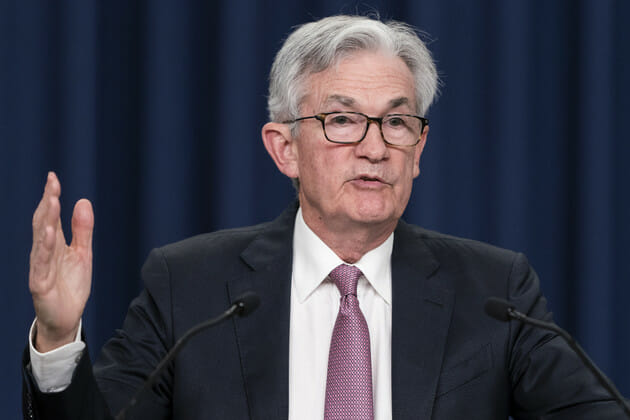Jay Powell says he’ll do what it takes to get U.S. inflation under control. Households and investors seem to believe the Federal Reserve chief. The risk is that they don’t yet grasp what’s needed to get there.
U.S. consumer prices in August rose 8.3% from the previous year.
That was slightly lower than the previous month, largely because gasoline prices are falling. Fuel costs last month were 27.1% higher than a year earlier, but that was a massive improvement on the 44.9% increase in July.
Beyond that, the data is bleak. here Food prices are rising at an annualized 11.4%, their fastest rate in 40 years. Rent is going up 6.7%. In short, the Fed is a long way from the 2% annual inflation rate that it targets.
Expectations, though, are in check.
Reuters cited that Powell reckons views of long-term inflation across the economy are “well anchored here”; his fellow rate-setter Christopher Waller agrees.
So, seemingly, do households. Respondents to surveys like the one conducted monthly here by the New York Federal Reserve think inflation will be back down to 2.8% three years from now.
That confidence is a product of careful Fed stagecraft. Powell has made it clear he’s monomaniacal about getting prices under control. Even his less hawkish colleague Lael Brainard agrees the Fed is “in this for as long as it takes here to get inflation down.” Markets on Tuesday were pricing in 75-basis-point rate hikes here in October and November; just a month ago investors were predicting the central bank would raise official borrowing costs by just 50 and 25 basis points, respectively.
The hard part of getting inflation down is also the painful part. America’s labor market remains red hot. The jobless rate ticked up in August, but only to a still-low 3.7%. Bank deposits are about one-fifth higher than they would have been based on pre-pandemic trends. That gives households a buffer and encourages them to keep spending.
To get actual inflation to converge with future expectations, Powell has little choice but to dampen growth, make households feel poorer, and – indirectly – put more Americans out of work.
It’s not clear consumers realize how unpleasant that could be. Households polled by the New York Fed expect unemployment to rise, but reckon their own jobs are safer here than they’ve been in years. Each new month of rapidly rising prices makes the future reckoning more painful.









